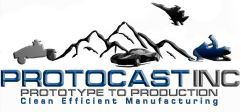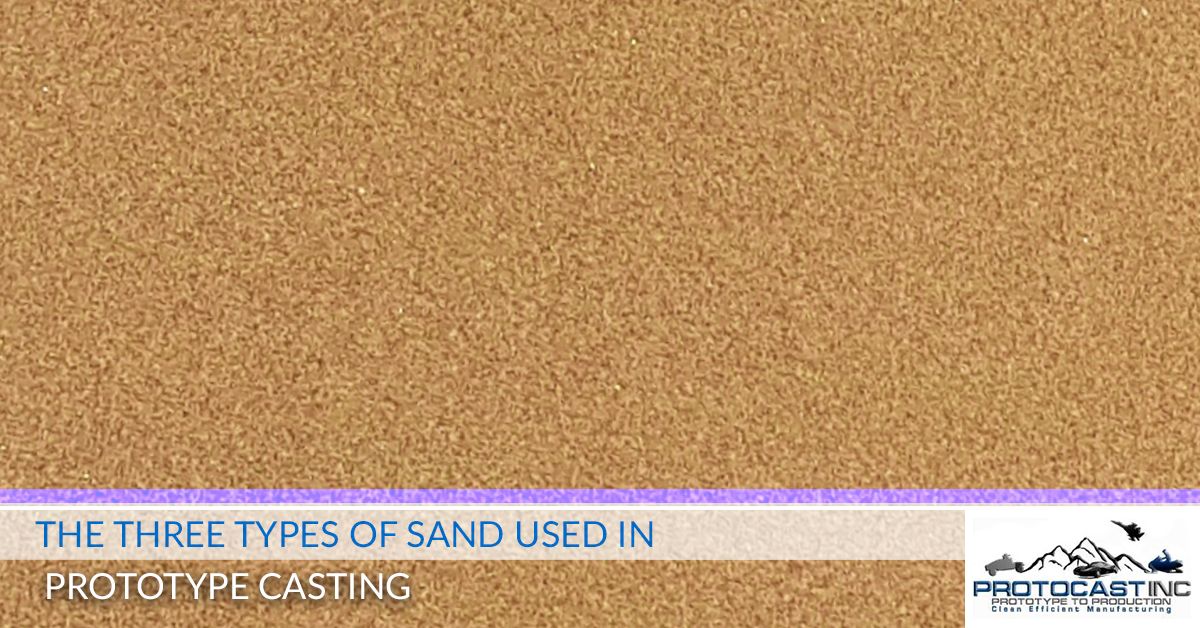At Protocast Inc., we specialize in manufacturing prototypes and models for our clients — and there are many methods that we can use to do so. Among the common ways that we manufacture prototypes is sand casting. Whether you need to eliminate product design flaws, simulate your di-cast parts before investing in machining, or produce anywhere from one to 5,000 castings a year, Protocast Inc. is here to help.
Most people think that they know a lot about sand casting from all of the viral YouTube videos that circulate around social media, but it is actually a rather complex process. For example, did you know that there are three different kinds of sand used in sand casting? Do you know when each type of sand should be used, and why that particular type of sand is used?
In today’s blog, we will be discussing the three different sand-types that are used in sand casting, as well as why, and when, the different types of sand are used.


